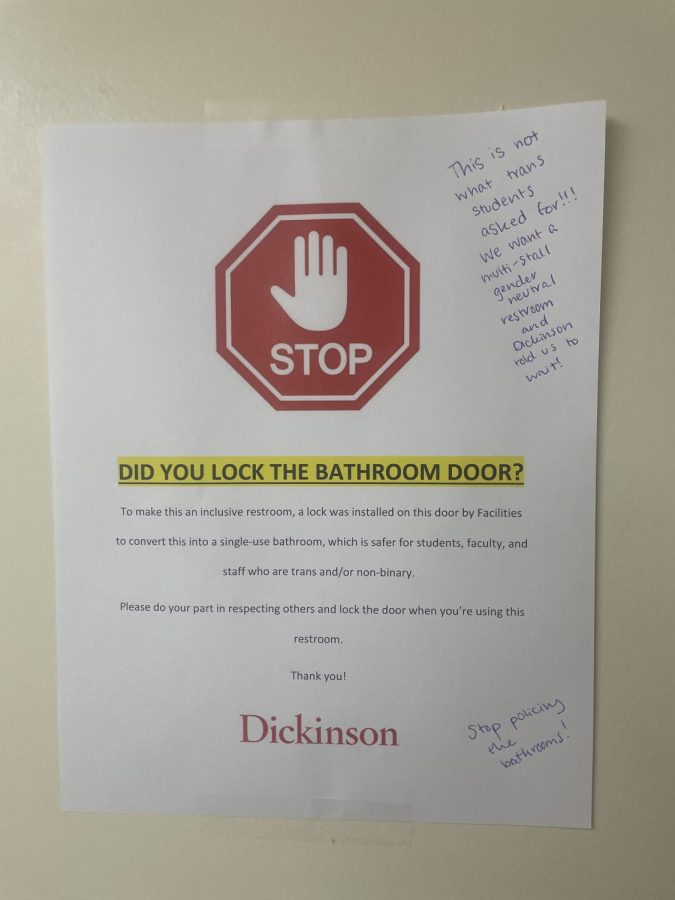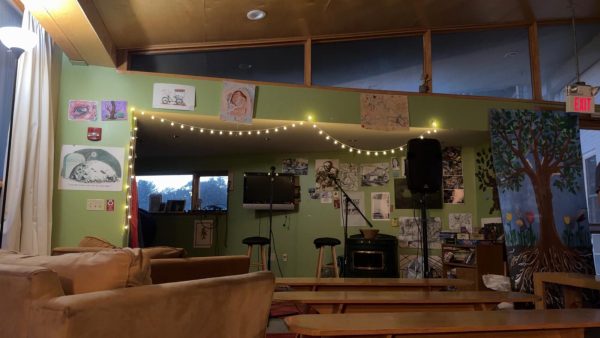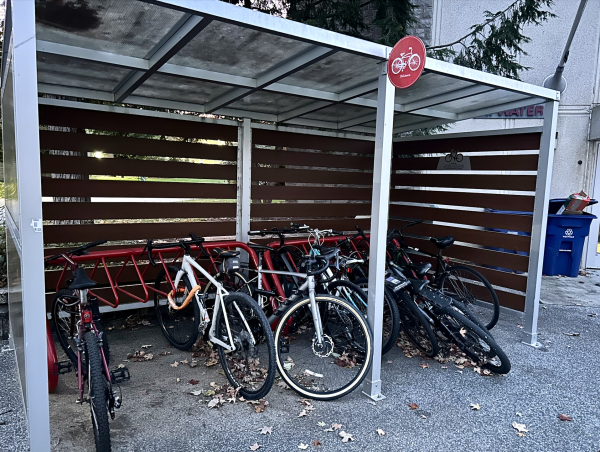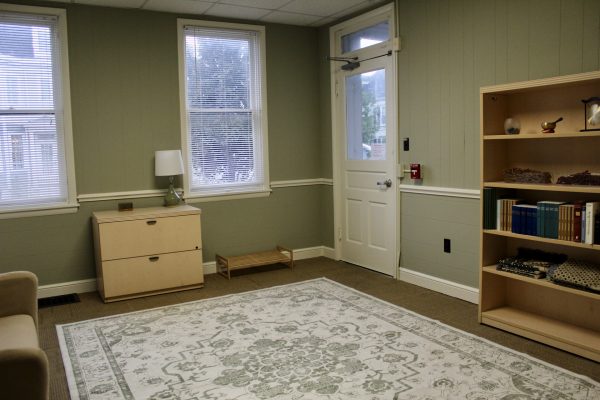Get It Together, Dickinson: Gender Inclusive Bathrooms Should be Suitable for Gender-Fluid Students
When you would walk into the basement of Denny Hall, you used to see two restrooms — men’s and women’s. However, like other places on campus, that changed when one became a gender-inclusive restroom. I saw the silhouette of the “men” sign on the door and was happy that Denny was getting this restroom option like other locations, although I thought it was weird to have one inclusive and one women’s restroom with no men’s restroom on that floor.
Then, a lock was put on the inclusive door, accompanied by papers covering the restroom with big stop signs and a caption that says “DID YOU LOCK THE BATHROOM DOOR? To make this an inclusive restroom, Facilities installed a lock on the bathroom door to convert this into a single-use restroom, which is safer for students, faculty, and staff who are trans and/or non-binary.”
That was all they did to make this restroom gender-inclusive and single use. It still has its two stalls, one urinal out in the open and no sanitary bins for people to dispose of menstrual products. Unlike the restrooms in dorms or the HUB, nothing was done internally to this restroom other than adding a lock and some printed signs to the door.
To make a restroom like this more accepting to the trans and non-binary community, it would make more sense to keep this bathroom a multi-stall bathroom. We look for inclusion, then we’re told that a restroom more accommodating to us should be locked up and single use only.
The idea that a restroom made to help the trans community needs to be converted to single use also feels as though trans people need to be isolated from their peers. A single-use restroom being inclusive is not at its base problematic, it can actually be helpful for trans and cis people — look at the inclusive restroom on Althouse’s second floor. However, the way this restroom was changed feels like it was done in a way that makes the trans community seem like it needs to be separated from cis-society, which is far from the truth.
Also, the way that this was only done to one restroom in the building that is in the basement is simply an annoyance. For people who would not use the women’s restroom, they have to hope that no one is using the inclusive restroom, despite its two available stalls and urinal. If you get unlucky and someone has locked the restroom, you then have to go back upstairs to the second floor and use the men’s restroom there.
The signs reminding you to lock the door have since been taken down, but the lock still remains on the restroom door and only one restroom in the basement is inclusive. However, given the relevance of the topic of the trans and non-binary community and restrooms, I think it makes more sense for restrooms to be more accepting and available rather than locking people in.
My sentiments on this issue can be summed up well by a handwritten message on one of the stop sign papers that were on the bathroom door. A student wrote, “This is not what trans students asked for!!! We want a multi-stall gender neutral restroom and Dickinson told us to wait! Stop policing the restrooms!”








